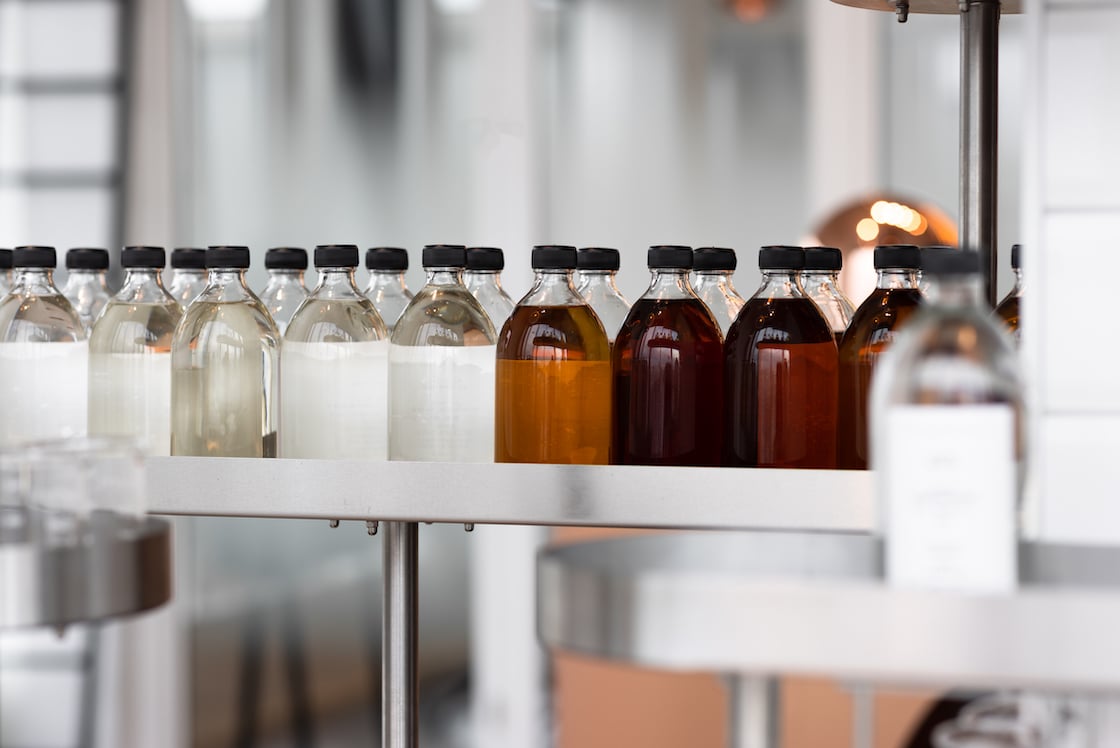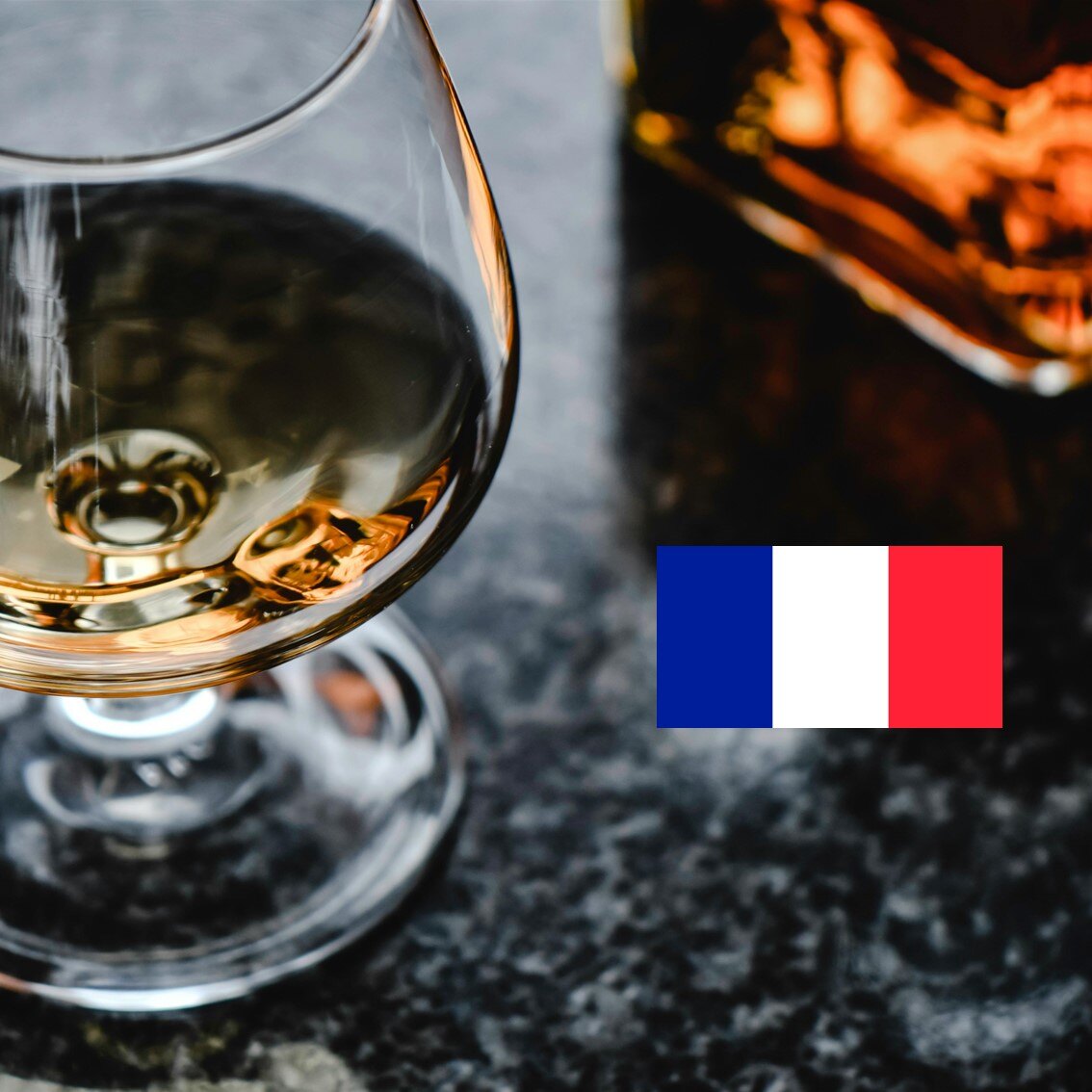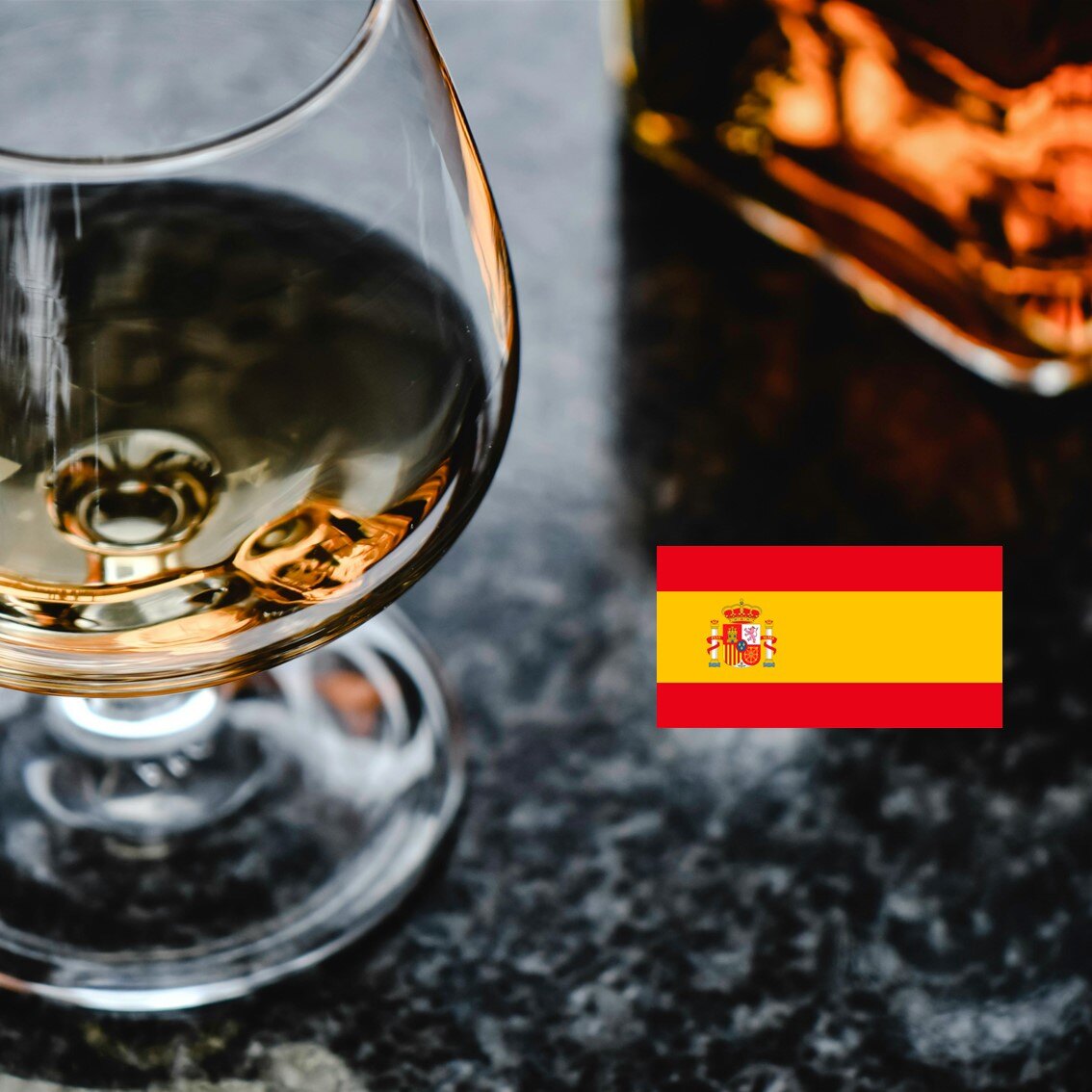Dark vs White Rum Explained

Dark vs White Rum explained
On the market, you might come across Rum products classified as dark or white Rum. Consumers often identify Rums as dark or white, but colour can be deceiving as you can read in this article. We hope that, after reading this article, you have a better understanding based on these two broad categories.
What is Rum?
Rum is an alcoholic beverage made from sugarcane derivatives, such as cane juice, cane syrup, and molasses. Rum production happens over several stages, namely fermentation, distillation, and ageing. The last step, ageing, is what generally gives Rum the dark colour, though this is not always the case, as we will see through this article.
To create Rum, distilleries pick sugarcane stalks and extract their juice by pressing them. This juice can be fermented directly, or it can go through further processing to become syrup or molasses. During fermentation, yeast is introduced into the molasses-, cane juice - or syrup and water mixture, though sometimes producers let this process take place through naturally occurring yeast.
Afterwards, this combination goes through distillation, a process through which the alcohols and organic compounds are extracted from the wash. The resulting spirit is Rum. Once this is finished, producers may choose to age the Rum or skip this part entirely. Ageing happens primarily in oak barrels. It is good to know that this is an oversimplification of the process; we’ve created a more in-depth article about how Rum is made.
The process of Rum creation is highly diverse, which gives rise to many different categories and subcategories of Rum. These categories can come from the Rum’s origins, ageing, taste, and colour, though colour is often the first attribute seen. In the following section, we will discuss the general characteristics of dark Rum and white Rum, their differences, and other anomalies that make up the diversity of Rum.
What is white Rum?
White Rums are those that have little to no colour in their appearance. As such, they can also be known as silver or clear Rum. White Rum generally goes through no ageing or very little, though not all white Rum is unaged. In fact, some distilleries prefer slightly aged white Rum for its flavour profile without compromising on colour. To achieve this, they often perform what is known as charcoal filtration, a process through which the colour imparted during ageing is removed.
White Rum is seen in all types of Rum, from French-style and Spanish-style Rum, such as Rhum Agricole and Cachaça, to Indonesia’s Batavia Arrack. It is good to know that these heritages do not produce clear Rum exclusively.
Due to their clear colour, white Rums are mixologists' and enthusiasts’ most commonly chosen addition to cocktails and mixed drinks. You may find white Rums in the classic Mojito, the Mai Tai, and the Daiquiri.
What is dark Rum?
Dark Rum, as its name suggests, is a spirit characterized by its deeper, richer hues—ranging from gold to brown, and even black. But the journey to this distinctive colour begins with a clear liquid, much like white Rum. The transformation from light to dark takes place through an intricate aging process in wooden barrels. The barrels impart distinct colors and organic compounds to the Rum, contributing to its dark hue and defining its final character. As a result, dark Rum is known for its rich, distinctive flavors derived from the wood, making it the perfect choice for sipping or enjoying neat.
It is important to note that not all dark Rum derives its colour solely from aging. Some darker Rums obtain their hues through the addition of colorants like Caramel E150a, rather than through the aging process. This means that even white Rum can be transformed into a darker shade, effectively becoming "dark Rum" without the extended aging process.
Choosing dark or white Rum
As seen through the outliers of both Rum types, appearance does not tell you everything when it comes to selecting dark or white Rum. The choice between these two types ultimately boils down to your preferences, the application of the liquid and desired appareance in the bottle. At E&A Scheer, we are specialised in helping our clients to create the Rum type for their businesses, whether it’s dark Rum, white Rum, or anything in between. Check out our Blending Tool to see which Rum blend we can develop together that suits your business, or let one of our Rum experts help you.
Frequently asked questions
Are most white Rum column-distilled?
White Rum can be distilled in both columns and pots.
Do all dark Rum come from the Caribbean islands?
Dark Rum is produced all over the world, from the Pacific to South/Central America, and from Europe to Africa. Therefore, not all dark Rum comes from the Caribbean, and this region does not produce dark Rum exclusively.
Is dark Rum better than white Rum?
Dark Rums are not necessarily better or stronger than white Rums, as the dark colour does not signal quality or strength. In fact, the colour of the Rum is determined after distillation in steps such as ageing and/or blending. Thus, dark Rum is not always better than white Rum. The choice between dark and white Rum largely depends on the buyer’s needs, application, flavour palette, and other factors.







